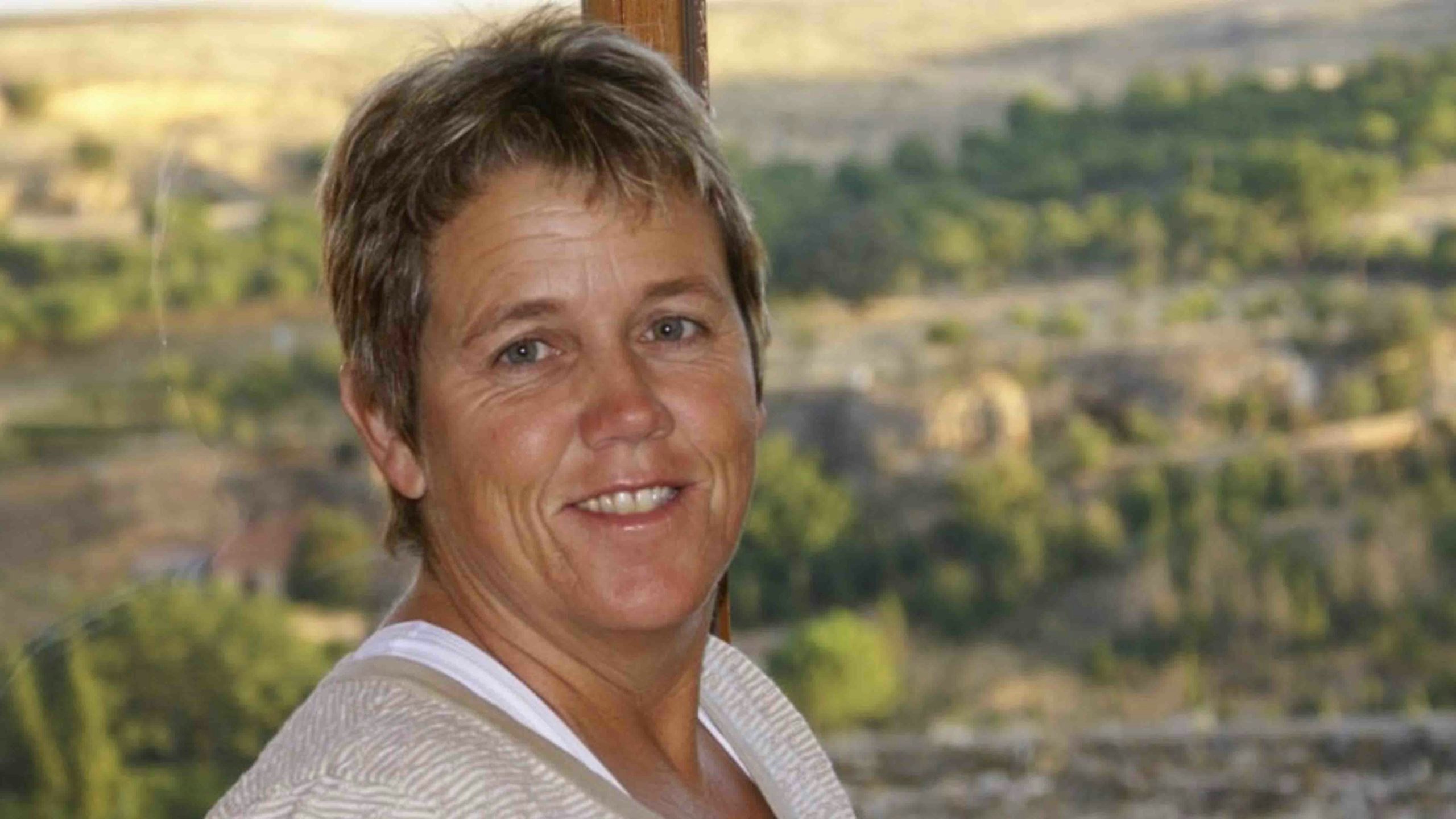Environmental advocates failed to make a convincing case against Jonah Energy’s proposed Normally Pressured Lance (NPL) Project in western Wyoming, according to a federal court ruling issued last week.
The NPL Project would allow the drilling of up to 3,500 directional natural gas wells (about 350 new wells a year over a 10-year period), using multi-well pads, and with no more than 4 well pads per section (640 acres). The project area encompasses about 141,000 acres of mostly public land immediately south and west of the existing Jonah Gas Field in Sublette County.
The ruling by U.S. District Court of Wyoming Judge Scott Skavdahl determined that the Bureau of Land Management had taken a “hard look” at the environmental consequences and considered all relevant information when making its decision and in selecting the best alternative to balance the goals of the NLP Project and its potential environmental impacts.
What the case demonstrates is that when environmental groups don’t have a federally protected species to hang their litigation hats on, their arguments aren’t nearly as effective at stalling or halting projects when a case makes it to the federal court.
The lawsuit was filed by the Upper Green River Alliance, Western Watersheds Project and Center for Biological Diversity. They claimed that the BLM acted arbitrarily and capriciously in approving the project because the agency failed to take a “hard look” at impacts to greater sage grouse and pronghorn antelope populations, which they claimed violated provisions of the National Environmental Policy Act (NEPA).
But NEPA is a procedural law that requires the federal agency to consider all relevant factors and articulate a legitimate connection between the facts and the ultimate decision. It doesn’t mandate an outcome, and the judge found that the BLM did a comprehensive job in laying out relevant information and connecting that to its decision. As Skavdahl wrote in the decision, “NEPA does not mandate certain results, yet Petitioners only challenge the substance of the decision.”
Twice in his 47-page decision, Skavdahl cited a 1989 U.S. Supreme Court decision that noted NEPA prohibits “uninformed” rather than “unwise” agency action. It’s worthwhile to look at exactly what the Supreme Court said in that case. It stated, “Other statutes may impose substantive environmental obligations on federal agencies, but NEPA merely prohibits uninformed — rather than unwise — agency action.”
That Supreme Court decision set out that “it is now well settled that NEPA itself does not mandate particular results, but simply prescribes the necessary process.” Because the BLM had done a comprehensive job in disclosing the potential environmental impacts of the NPL project, its decision withstood the legal challenge, in accordance with the 1989 Supreme Court determination that “If the adverse environmental effects of the proposed action are adequately identified and evaluated, the agency is not constrained by NEPA from deciding that other values outweigh the environmental costs.”
Unlike federal laws such as the Endangered Species Act that do mandate certain outcomes such those heavily favoring protection of federally protected species and their habitats, NEPA has no such requirement. Thus, the federal agency is able to weigh other factors or values in making its decision.
Skavdahl’s decision explicitly acknowledges Wyoming’s jurisdiction for wildlife within the project area by stating, “The State of Wyoming effectively owns the pronghorn and sage grouse species (as it does all wildlife) within the NPL Project Area.” And it’s worth noting that the State of Wyoming had defended the BLM decision on the NPL Project in the legal arguments in Skavhahl’s court.
While the BLM determined that there may indeed be wildlife loss and habitat degradation in the NPL project area, it also set forth a suite of development restrictions, stipulations, and mitigations that the agency may impose as development proceeds.
Factors Other Than Wildlife
When issuing its record of decision for the NPL Project in 2018, the BLM took note of the nation’s goal of energy independence, and that “the NPL project could unlock up to 7 trillion cubic feet (TCF) of natural gas and between 17.5 and 140 million barrels of oil over the 40-year life of the project.
The proposed project could also create approximately 950 jobs during the development phase and generate $17.85 billion in total project revenues with Federal royalties amounting to about $2.2 billion, of which about $1.1 billion would go to the State of Wyoming.”
The agency stated that it had selected the development alternative it felt best addressed concerns “associated with conserving a broad range of resource values and focusing development in the least environmentally sensitive areas.”
As Skavdahl noted in the court decision, the BLM’s decision “was the best choice to avoid and reduce impacts to the environment and sensitive wildlife while still allowing for recovery of natural gas resources” and “Jonah Energy is allowed to move forward on the NPL Project only by complying with a long list of resource protection measures…”
After more than a decade of planning, and four years of litigation in the federal court system, Skavdahl’s decision sets the stage for NPL to finally come to fruition – should Jonah Energy decide when the time is right to proceed.
Cat Urbigkit is an author and rancher who lives on the range in Sublette County, Wyoming. Her column, Range Writing, appears weekly in Cowboy State Daily.





